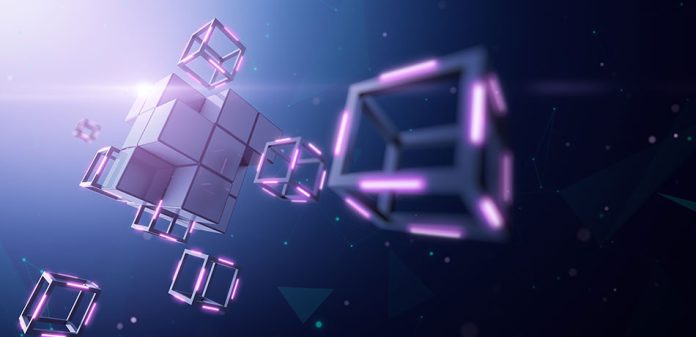Speaking of Algorand, it stands out as a type of autonomous, decentralized blockchain network that is designed to solve any dilemmas blockchain faces in achieving security, decentralization, and speed. It is a type of open-source blockchain network that allows anyone to build on it. Furthermore, Algorand focuses on achieving near-instant finality and is also capable of processing transactions at a high speed. In addition, Algorand has also emerged as a layer-1 blockchain to provide efficient, secure, and scalable apps. Globally, it is the first fundamental blockchain to be considered completely pure Proof-of-Stake (PoS). By which around 1,500 transactions (TPS) are processed per second. So, one of the best means of getting Bitcoins is buying them from a renowned exchange like bitcoinmillionaire-pro.com.
On the other hand, if we talk about L2 smart contracts in Algorand’s blockchain, then it is an option with performance, interoperability, and scaling. In addition, layer-2 scaling solutions are also capable of providing users with additional functionality, such as payment scalability and off-chain computing. Today, through this blog, we will learn what the Algorand blockchain is, why it is unique and works, and also take a look at the differences between the Ethereum and Algorand blockchains. For more information you can visit
Algorand (ALGO)
The Algorand blockchain’s native coin, ALGO, is a key component of the network’s foundation. The benefits given to validators are shared and dispersed among all owners of ALGO coins in Algorand’s distinctive protocol design. This implies that holders of ALGO coins are eligible to receive an APY of about 7.0-7.5 percent. Bounty distributions happen every 10 to 15 minutes, encouraging users to sign up for the ALGO platform and quickening the decentralization process. By removing the requirement that users stake tokens as part of block construction, Algorand greatly streamlines the process. To access the benefits earned, they can hold Algorand in an exchange or non-custodial wallet. As a result, the Algorand blockchain has come close to automation because stakeholders can keep Algorand passively while sustaining the network.
How does Algorand work?
Two different types are found in Algorand: participation nodes, which usually provide computing power to validate transactions; and second relay nodes which are usually capable of acting as network hubs. Talking about relay nodes can help in linking and keeping track of the ledger. Furthermore, Algorand is capable of handling smart contracts with two levels: on-chain and off-chain.
Where viewed at L1, blockchain plays an important role in enabling smart contracts to function “on-chain”, where each smart contract forms a larger cluster within the network. However, it is also considered necessary to check these contracts as they can also slow down the network significantly. On the other hand, the Algorand blockchain is also capable of providing L2 smart contracts executed “off-chain”. They are usually recorded in the blockchain ledger as well as run outside the network.
Is Algorand the ether killer?
Even if there is no conclusive answer to this query, we can make an educated approximation by considering both points of view. Compared to Ethereum, Algorand is quicker and has no gas fees. The minimal transaction cost on the blockchain, which is equal to 0.001 Algorand (ALGO) coins, is entirely dependent on the volume of the transaction. Smart contracts can be created on ALGO and Ether. The fact that ERC-20 smart contracts constantly send traffic to the Ether network, which raises gas costs, distinguishes it from ASA. ASA can still carry out smart contracts, which lowers transaction costs. Additionally, the bridge between ASA and ERC-20 enables interaction among Ether apps and ALGO applications. As a result, transaction speeds are accelerated. At 1000 TPS, for example, currencies like USDT can be transferred to Algorand.
Final thoughts
Algorand is a popular name in the Web3 ecosystem that usually describes itself as “the future of finance”. However, the team behind this blockchain considers it to be the greatest possible technology in the world of NFT and DeFi. Algorand may have a bright future and focus more on its team’s effort to build a blockchain that is different from its competitors.
Disclaimer: This article contains sponsored marketing content. It is intended for promotional purposes and should not be considered as an endorsement or recommendation by our website. Readers are encouraged to conduct their own research and exercise their own judgment before making any decisions based on the information provided in this article.


































